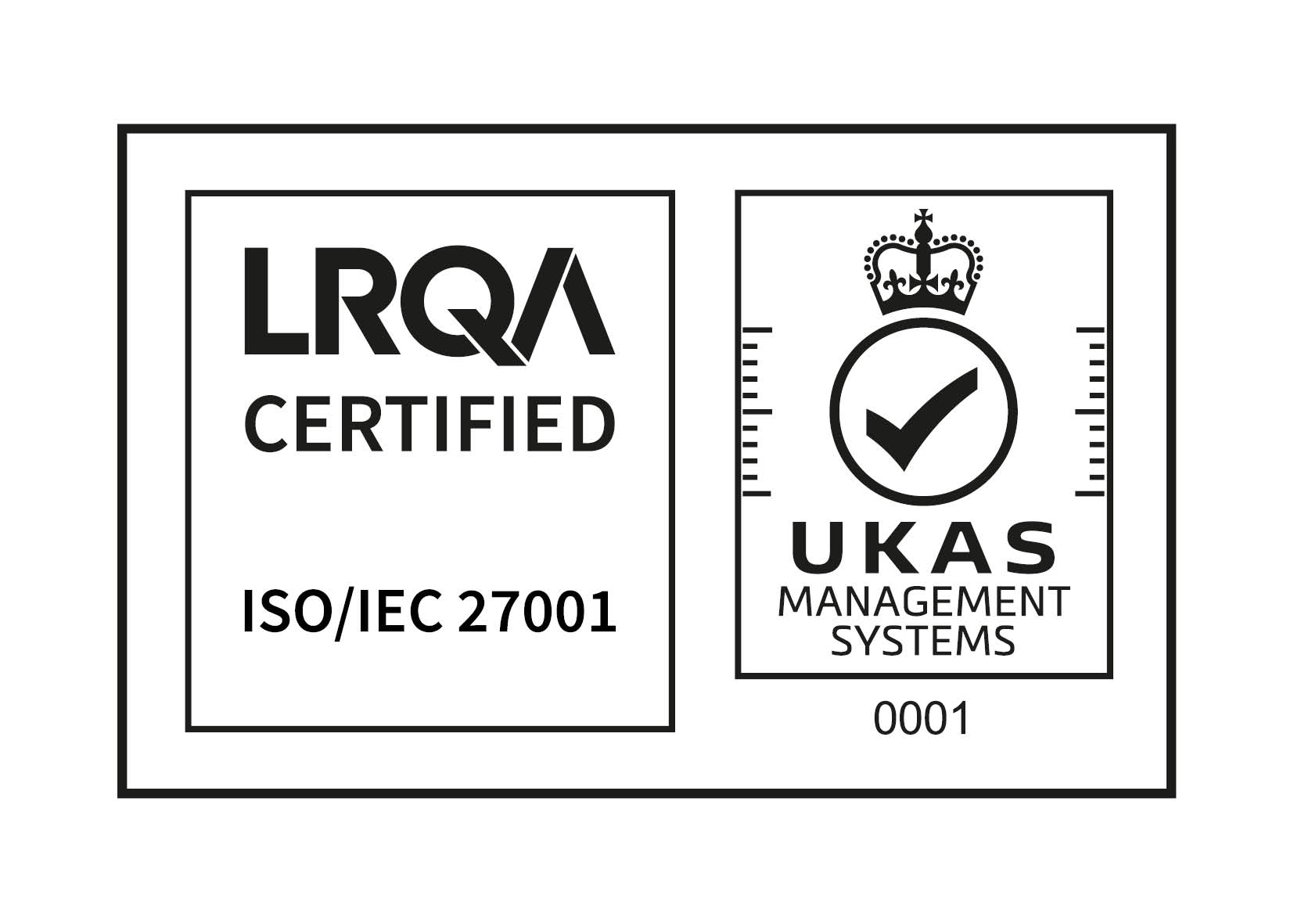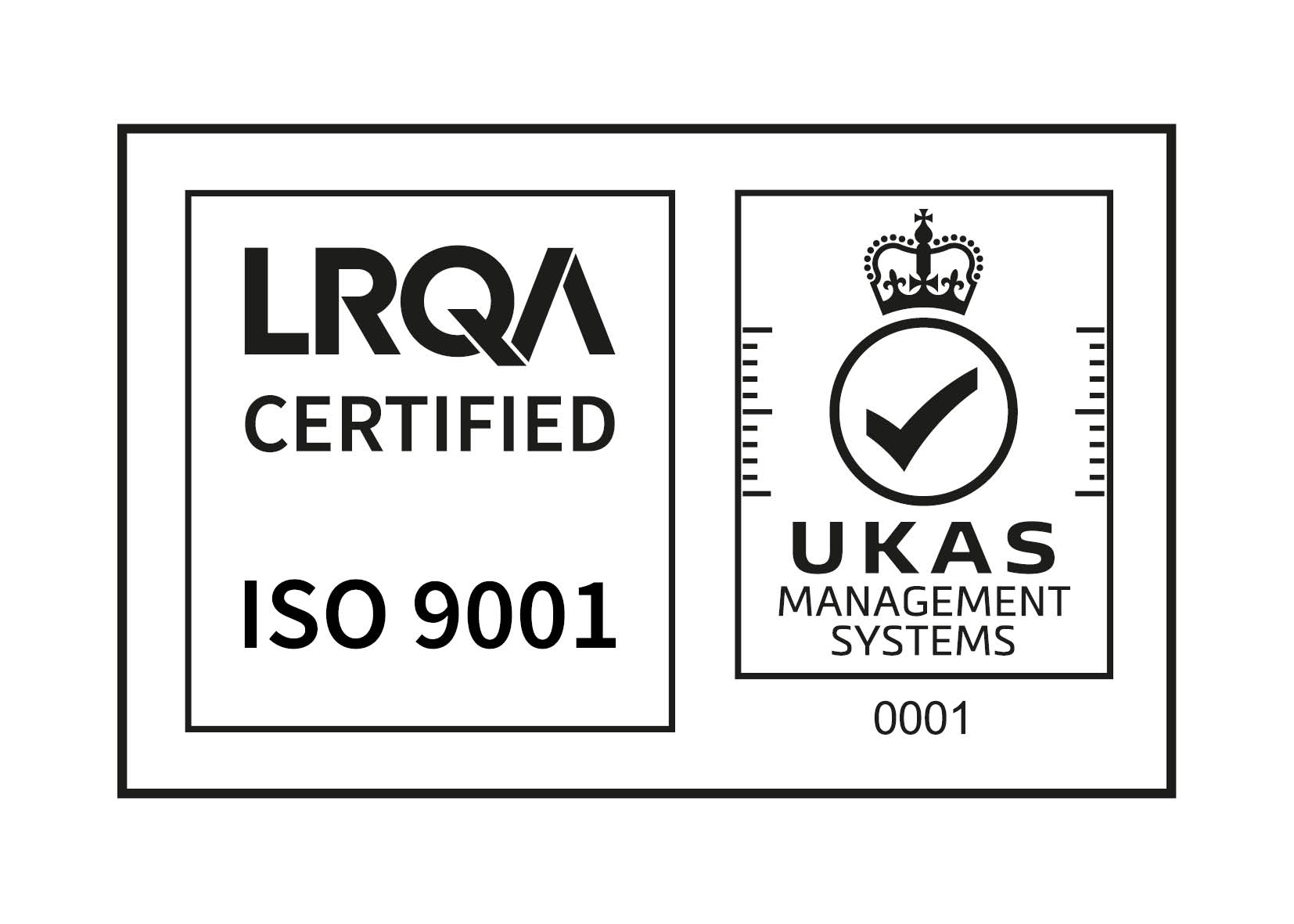Share this
A Tools-Based Approach To Preventing HR Burnout
by Emma Laxton on May 29, 2025
In previous articles we’ve looked at the phenomenon of burnout in HR teams and taken an overview of the steps that have been shown to combat the problem. It’s perhaps inevitable, given the person-centred focus of so much HR work, that much of the evidence tends toward the interpersonal, focusing on ‘hands-on’ tactics such as targeted workshops, mental health interventions, stress reduction problems and an overall shift in the culture of an organisation to one in which every member of the HR team feels fully engaged in wider decision making processes.

All of the above represent valid responses to the issue of HR burnout, but they ignore what might – if an organisation makes the right choices – represent the simplest representative measure of all, namely the use of bespoke tools in the form of tailored HR case management software.
Early Burnout Prevention
Many of the hands-on preventative measures covered in previous articles stem from a place in which, given the increasingly complex nature of HR work, stress is an inevitability. Burn-out prevention is all about mitigating the impact of that stress.

Working with the right tools, on the other hand, is an ‘upstream’ solution, empowering HR professionals to deliver large parts of their workload in ways that prevent the layers of pressure from accruing in the first place. HR case management, in particular, can create additional stress as it tends to involve confrontational, complex, high-stakes situations such as staff grievances, disciplinary issues or health and welfare problems. Therefore, reducing the likelihood of overwhelm in this area should be considered a priority.
The idea of tools for HR case management may, at first, seem slightly counter-intuitive, given the person-facing nature of so much of the work. However, like any tools, the software we’re looking at in this article has been designed to take the heavy lifting out of the work (in this particular case, generally administrative heavy lifting) leaving members of the HR team with more time and availability to be fully present for employees when needed.
Workpro Foundations 
Workpro HR case management software provides a clear example of this principle in action, being built upon the foundations that all effective case management tools need to have:
• Simplicity – all HR cases for an organisation accessibly stored within a single system, allied to embedded workflows which guide users (particularly new users) through the process
• Flexibility – the term HR can cover a multitude of organisational issues, from disciplinary action following unauthorised absenteeism up to complex and lengthy investigations. The tools you provide for your HR team need to be flexible enough to handle a variety of scenarios with equal efficiency
• Automation – automating the administrative spadework of your HR team, the kind of tedious but necessary documentation that so many HR professionals dread, frees them up to work on the more rewarding (and equally necessary) aspects of the job
• Monitoring – when it comes to effective management of HR teams, knowledge is power, and when it comes to preventing burnout, the knowledge of which team members might be overloaded with cases is an important metric. An effective HR tool is one which not only flags up the risk of this happening before it can truly impact, but also makes it simple for cases to be reassigned within the team.
The same monitoring, as well as smoothing the day to day operation of a HR department, will enable performance data to be gathered and facilitate the creation of detailed reports taking an overview of how the HR team are functioning. This is the kind of ‘seeing the woods for the trees’ scenario that HR managers can miss if they are overburdened. Automated management tools don’t only make such an overview possible, they make it simple.
Features To Look Out For
If you’re thinking of investing in a tool to transform your HR operations and minimise the risk of burnout, then there are certain specific features you need to be on the look-out for. The foundational principles of effective HR case management software are set out above, but the individual tools required to deliver on those principles need to be in place. As a minimum, any HR case management tool you’re thinking of employing within your organisation should offer the following:
Core Functionality

Any case management tool should be easily accessible 24/7, enabling team members to access and update information. The core software should offer the following:
• A centralised database rather than multiple siloed pockets of information. The latter can happen all too easily when your HR systems have evolved in a piecemeal fashion over a number of years. The basic facts pertaining to employees – i.e. job title, department, salary, name and address – should be gathered and easily tracked.
• Security which is based on the roles or positions of those accessing the system, simplifying access to information rather than requiring clearance on a case by case basis
• Compliance with the latest directives on issues such as data protection, and the ability to update without disruption when regulations change
• An instinctive user interface that makes it easy to use for your HR team and other employees
Integration with your existing systems and software solutions
• Easy to understand reports and dashboards that measure what you need to measure
The ability to customise fields and workflows to match with your company’s current processes
Burnout Prevention Functionality Look out for specific features which can help you spot and preempt problems, avoiding excessive stress and unmanageable workloads.
Look out for specific features which can help you spot and preempt problems, avoiding excessive stress and unmanageable workloads.
Caseload Monitoring: To prevent problems before they arise, it’s vital to be able to monitor the caseloads of individual caseworkers, spotting quickly if certain team members are overloaded.
Centralised Documents: With all documentation stored in the system, cases can be picked up by another team member at any stage, making time management during sickness or holidays much simpler.
TSB adopted Workpro in 2021 and have found the ability to see comprehensive case histories particularly valuable as they can quickly and easily pass cases to a colleague.
Analysis & Tracking: Dashboards can be configured to help identify red flags such as particular sickness or holiday patterns.
TSB have been able to spot trends and analyse them much more easily since they moved to Workpro.
Automation & Standardisation: Setting up automatic reports and task reminders can help reduce admin pressure, and templates make it easy to create correspondence that complies with company policy.
The MOD has found that Workpro has saved them time and money previously wasted on duplication of effort and repetitive administration.
Integration Another key feature to bear in mind when choosing HR case management software is the ease with which it can integrate with your existing systems. Integration with systems such as payroll systems will eliminate the need for information from one department to be entered manually into another, and will provide consistency of operations and delivery across the whole of your organisation.
Another key feature to bear in mind when choosing HR case management software is the ease with which it can integrate with your existing systems. Integration with systems such as payroll systems will eliminate the need for information from one department to be entered manually into another, and will provide consistency of operations and delivery across the whole of your organisation.
The more customisable your case management software is, the easier it will be to match the operation with the specific requirements and existing processes of your organisation.
Protecting Your Team From Burnout
The combination of stress reduction programmes, wellbeing focused working practices and workload reducing software is the optimal approach when it comes to preventing burnout. Their adoption could stop it becoming a significant issue before it threatens to cripple your HR department. 
In addition to the basic functionality which you would expect from case management software, look out for automation to save time, caseload monitoring to spot overload and centralisation of documents to make sharing work with colleagues easy.
Share this
- November 2025 (1)
- October 2025 (2)
- September 2025 (1)
- August 2025 (3)
- July 2025 (2)
- May 2025 (2)
- April 2025 (3)
- February 2025 (3)
- December 2024 (1)
- November 2024 (1)
- October 2024 (1)
- June 2024 (1)
- May 2024 (2)
- April 2024 (2)
- March 2024 (1)
- February 2024 (1)
- January 2024 (1)
- December 2023 (1)
- November 2023 (2)
- October 2023 (1)
- August 2023 (2)
- July 2023 (2)
- June 2023 (2)
- May 2023 (1)
- April 2023 (3)
- February 2023 (3)
- December 2022 (2)
- October 2022 (1)
- September 2022 (3)
- August 2022 (2)
- July 2022 (2)
- June 2022 (1)
- March 2022 (2)
- February 2022 (1)
- January 2022 (1)
- December 2021 (1)
- October 2021 (1)
- June 2021 (2)
- May 2021 (1)
- February 2021 (2)
- October 2020 (1)
- September 2020 (1)
- August 2020 (1)
- July 2020 (1)
- June 2020 (3)
- April 2020 (1)
- October 2019 (2)
- September 2019 (2)
- May 2019 (1)
- March 2019 (1)
- November 2018 (1)
- July 2018 (1)
- November 2017 (1)
- September 2015 (1)








